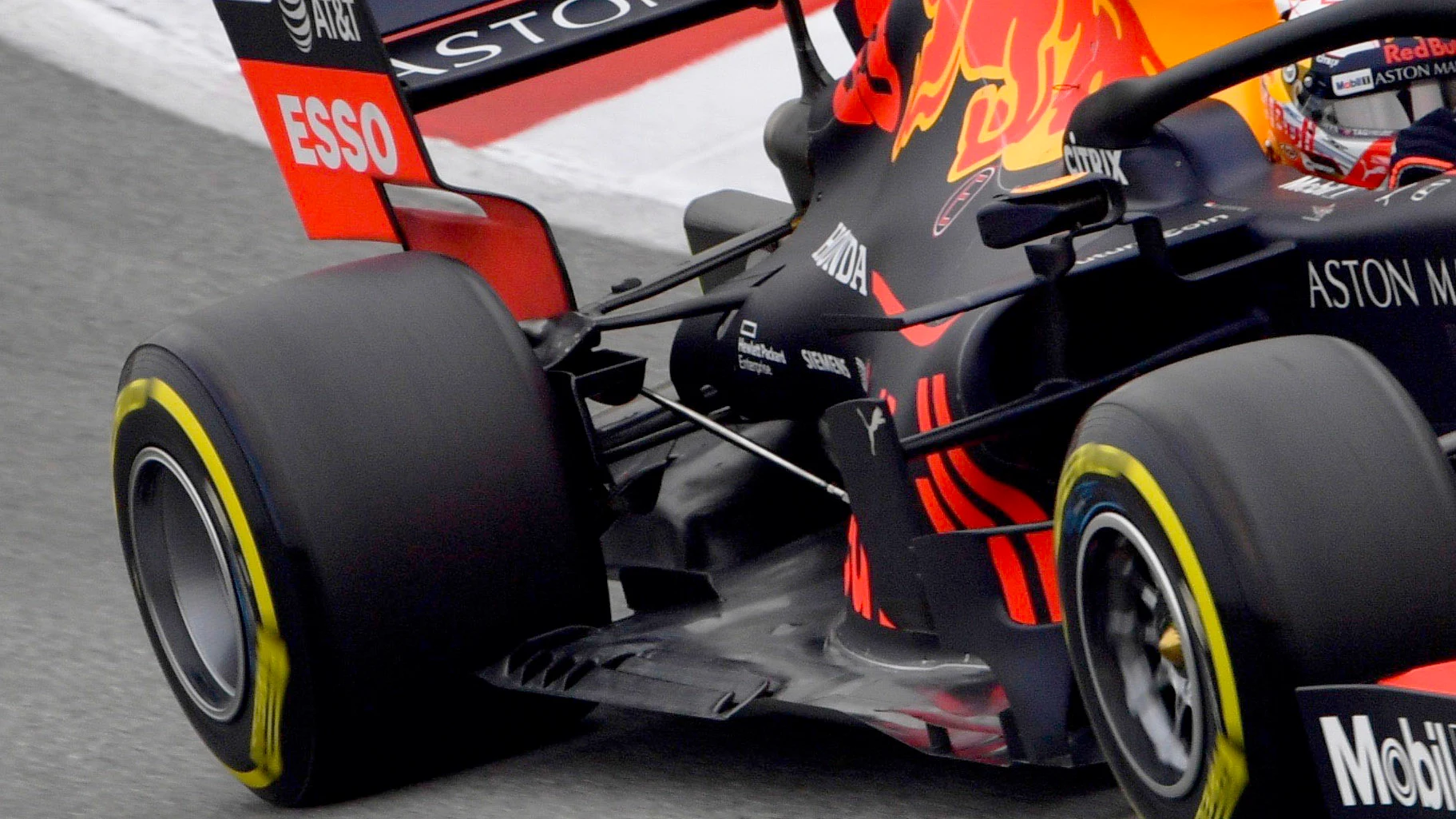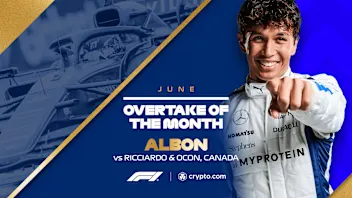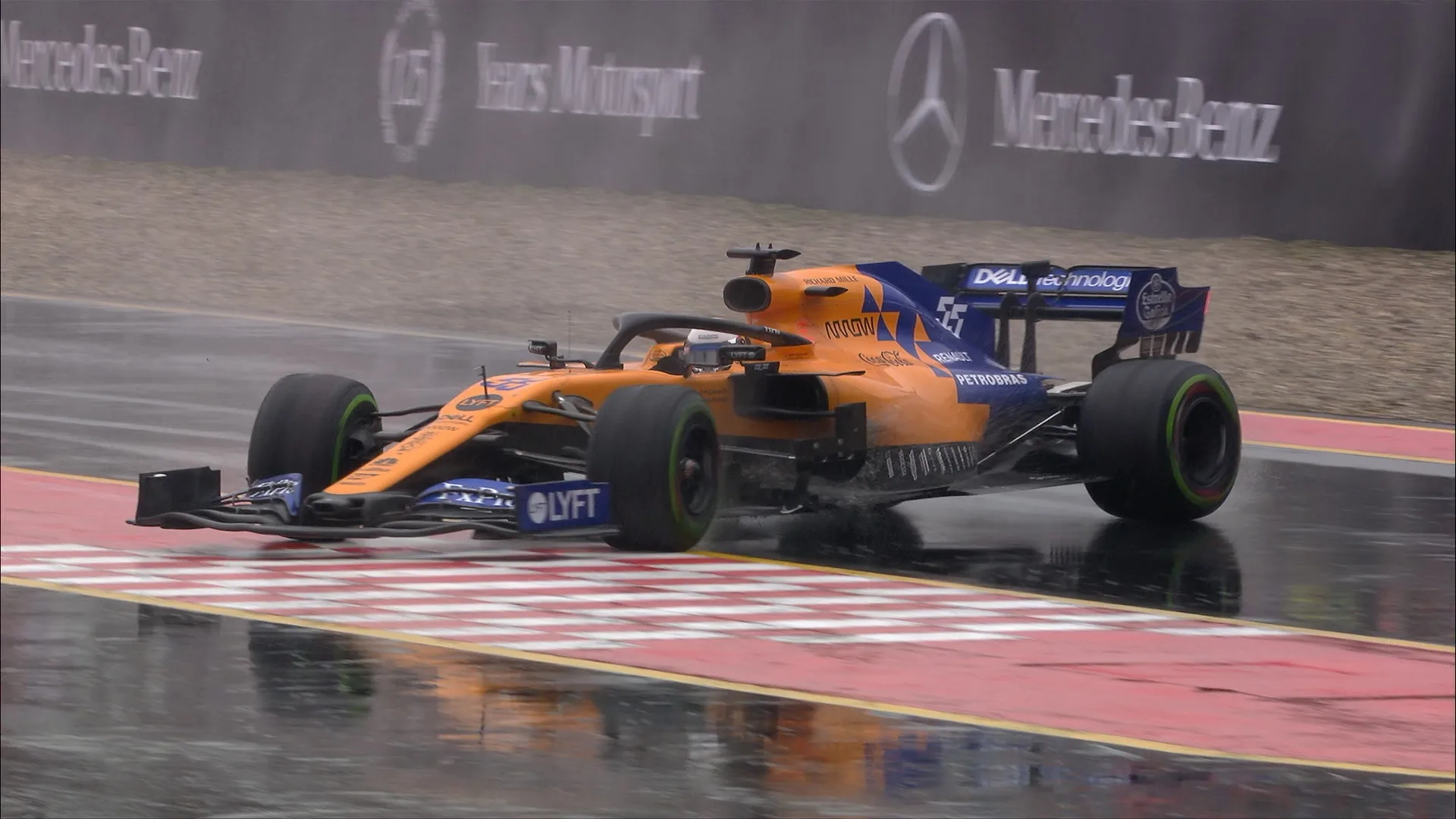
Running an F1 team is a demanding job. When that team is Ferrari, the pressure rises dramatically. Stefano Domenicali knows all about that. On the latest episode of Beyond The Grid, presented by Bose, the Italian recalls his 23 years at the Prancing Horse, which peaked with him taking the reins as Team Principal.
He delivers fascinating insight into working with Michael Schumacher, during what was Ferrari’s most successful period.
“When Michael came in, he was already great and incredible as a driver,” explains Domenicali in conversation with Tom Clarkson at his house near Monza. “You understand immediately how different he was from others in terms of the way of working and, of course, talent. He was a bit cold at the beginning, because he was coming from a different mentality. The relationship grew day-by-day.
“On the professional side, what I learned from him, I use this example: Close your eyes and try to do a super slow-mo with the performance perspective in order to see every single frame of the lap. In this case, he had something to give in terms of gaining an advantage.
“By doing that, he was able to invent, together with the engineers, different switches to be able to have different performance at the braking, at the entry of the corner, in the middle of the corner, at the exit of the corner, adjusting the brake balance during the straight.
“It was the ability of closing the eyes and thinking step by step what I can do to improve my level as a driver and as a team. That was for me the most incredible thing I saw when we were working together. He was more than a driver. He understood his role was more than that.”
In a wide-ranging interview, Domenicali also talks about the hurt he and Ferrari felt physically when Felipe Massa (2008) and Fernando Alonso (2010 and 2012) agonisingly missed out on the drivers’ championship, how his resignation from the top job at Ferrari in April 2014 - having led the team since 2008 - came about, his view on Alonso’s departure from F1 and life as Lamborghini’s chairman.
You can listen to the show above but to make sure you don’t miss an episode, subscribe via Apple Podcasts, Spotify or your favourite podcast app.
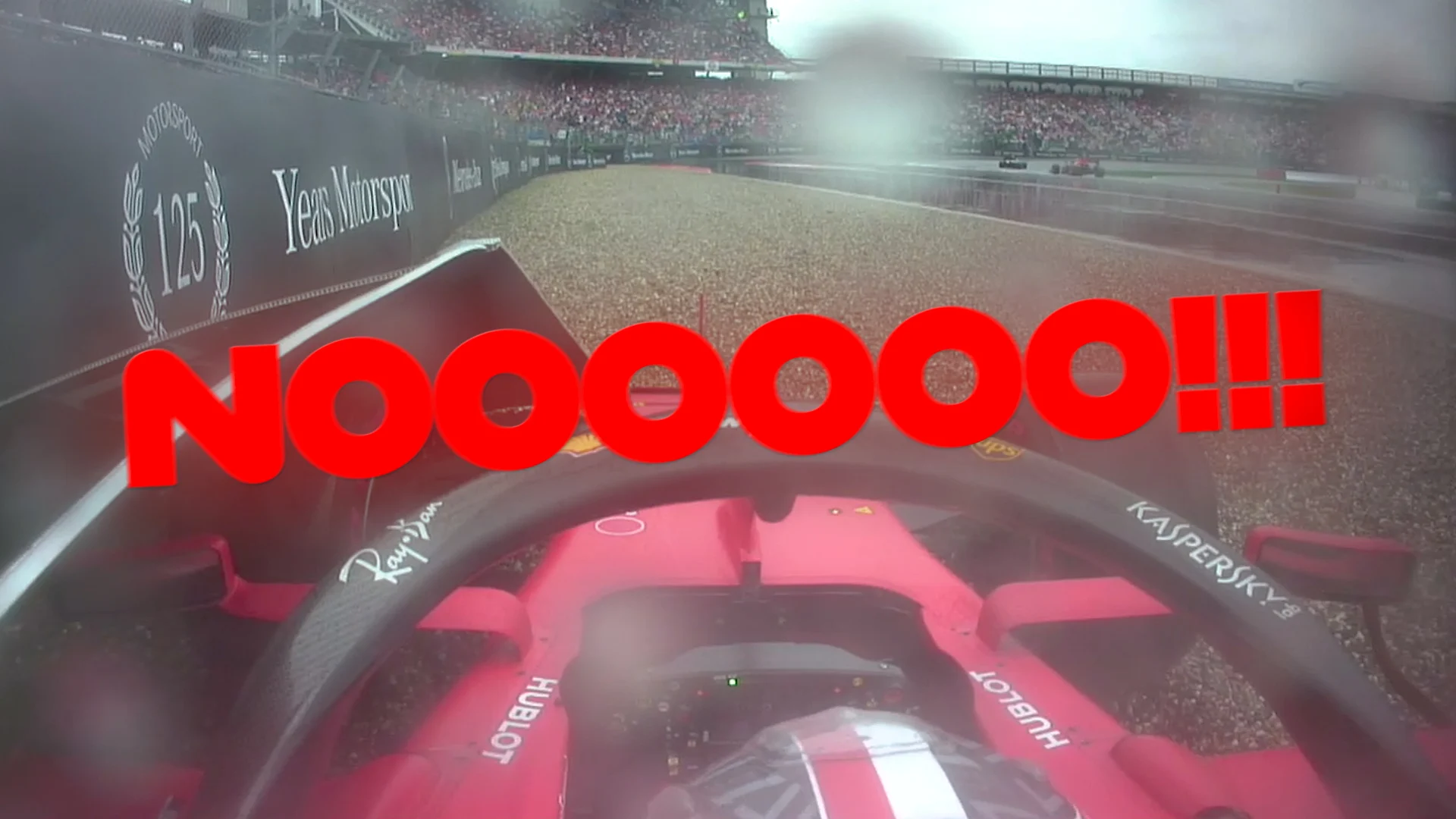
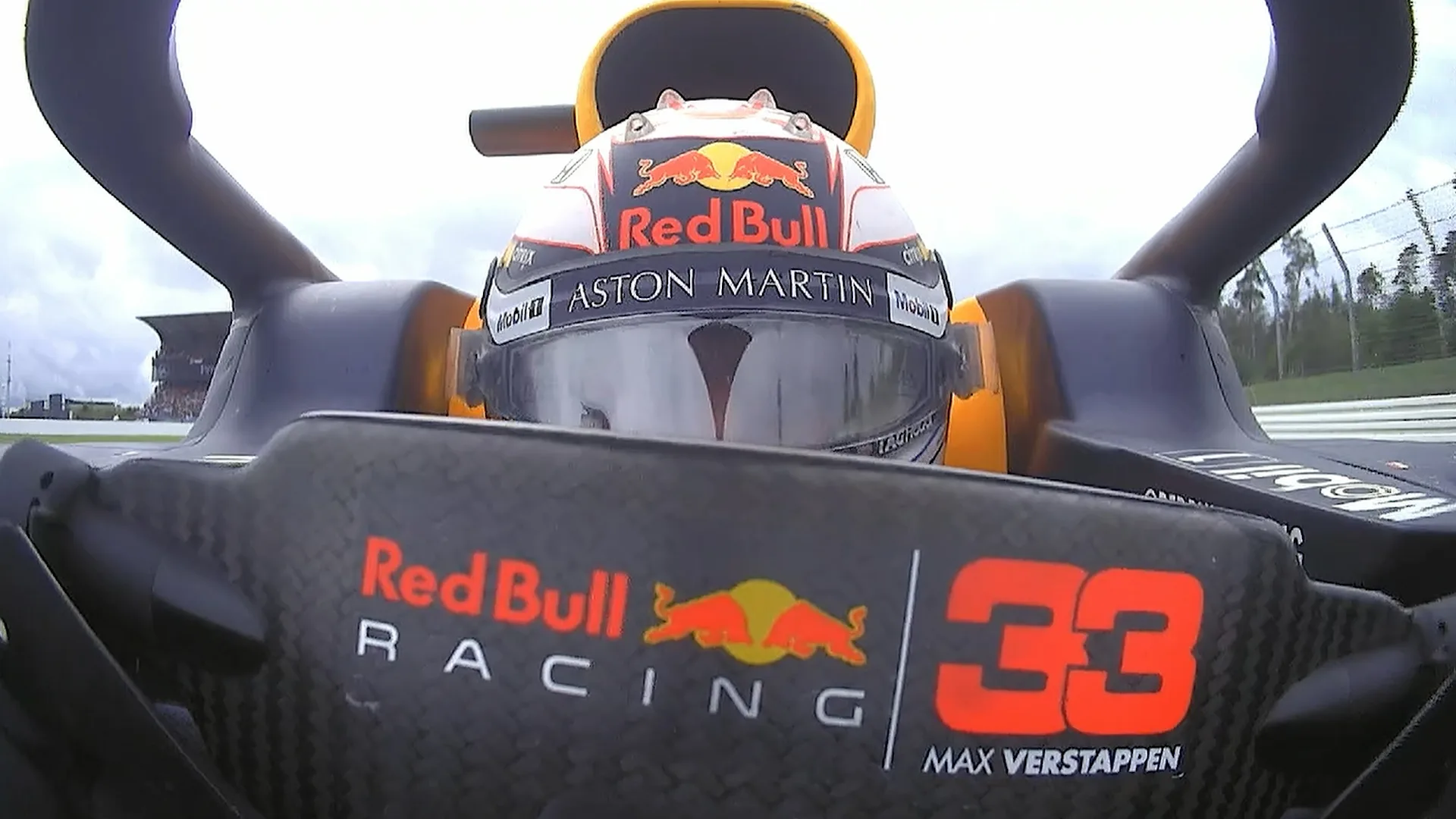
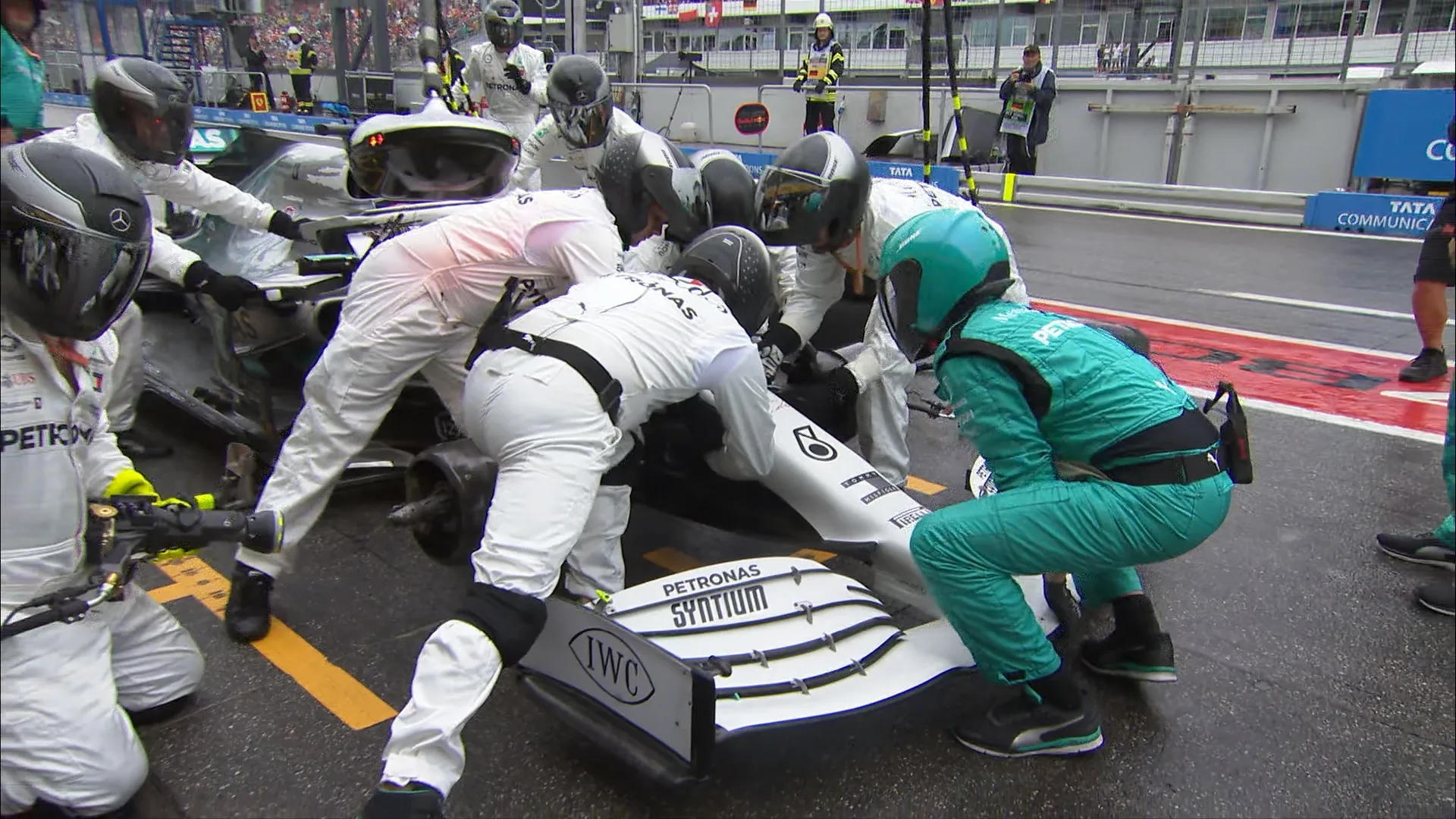
Ferrari have created an airflow exit for the radiators directly behind the radiator (the red arrow in the illustration above). This is only a small part of the total exit area, with most of it still exiting at the rear, around the exhaust, but devoting this small area in the side to venting the hot air brings two potential advantages:
- The outlet area at the back can be correspondingly smaller, allowing the bodywork to be more tightly-waisted there, which helps accelerate the airflow, increasing downforce.
- The flow can be aligned with that coming from the vortex generated by the hump in the bodywork ahead (the blue arrow), increasing the speed of the air flowing out of the radiator outlet and therefore its cooling capacity.
2. Renault’s rear-wing endplate winglets
2. Renault’s rear-wing endplate winglets
2. Renault’s rear-wing endplate winglets
- The flow can be aligned with that coming from the vortex generated by the hump in the bodywork ahead (the blue arrow), increasing the speed of the air flowing out of the radiator outlet and therefore its cooling capacity.
